Vietnam is making waves on the global stage of sustainable tourism. Over the past few years, five exceptional villages have been honored by the United Nations World Tourism Organization (UNWTO) as “World’s Best Tourism Villages” - a prestigious accolade that highlights destinations combining cultural heritage, natural beauty and community-led tourism.
Here are the five standout villages that every conscious traveler should add to their Vietnam itinerary.
1. Thái Hai Ethnic Reserve Area (Thai Nguyen Province)
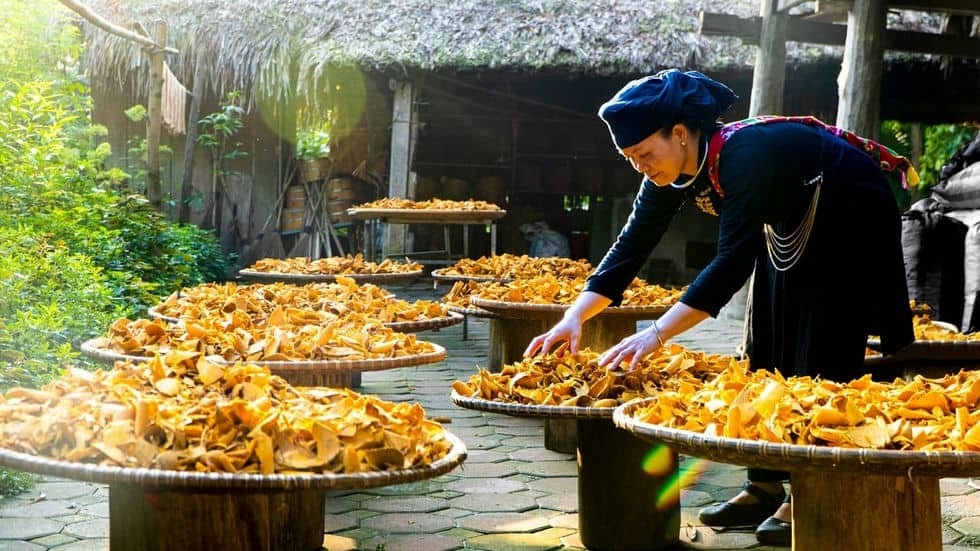
Located just an hour’s drive from Hanoi, the Thái Hai Reserve showcases traditional stilt-house architecture of the Tay ethnic minority. These beautifully restored homes sit amid lush tea-covered hills in a 70-hectare reserve. Visitors can stroll through the village, participate in tea-picking, loom weaving and rice milling, and listen to Then singing-a deeply rooted local art form.
This blend of cultural immersion and eco-tourism makes Thái Hai a compelling day-trip from the capital.
2. Tân Hóa Village (Quảng Bình Province)
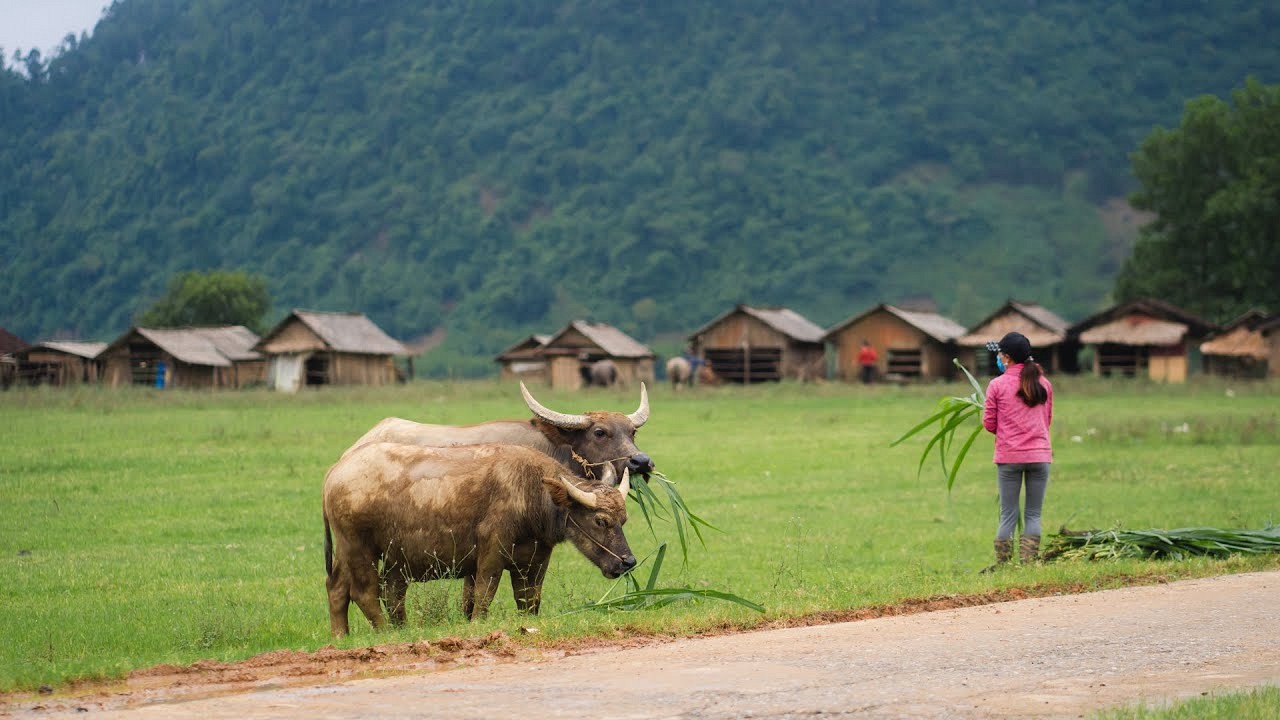
Tucked in the dramatic karst landscape of central Vietnam, roughly 75 km from the famed Phong Nha‑Kẻ Bàng National Park, Tân Hóa has earned global recognition for its innovative adaptation to flooding: floating green-roofed houses animate the village after recurring floods, turning adversity into a distinctive visitor experience.
Staying overnight here-among locals, under the starlit valley-offers a rare insight into resilient rural life and nature-based tourism.
3. Trà Quế Vegetable Village (Hoi An Region)
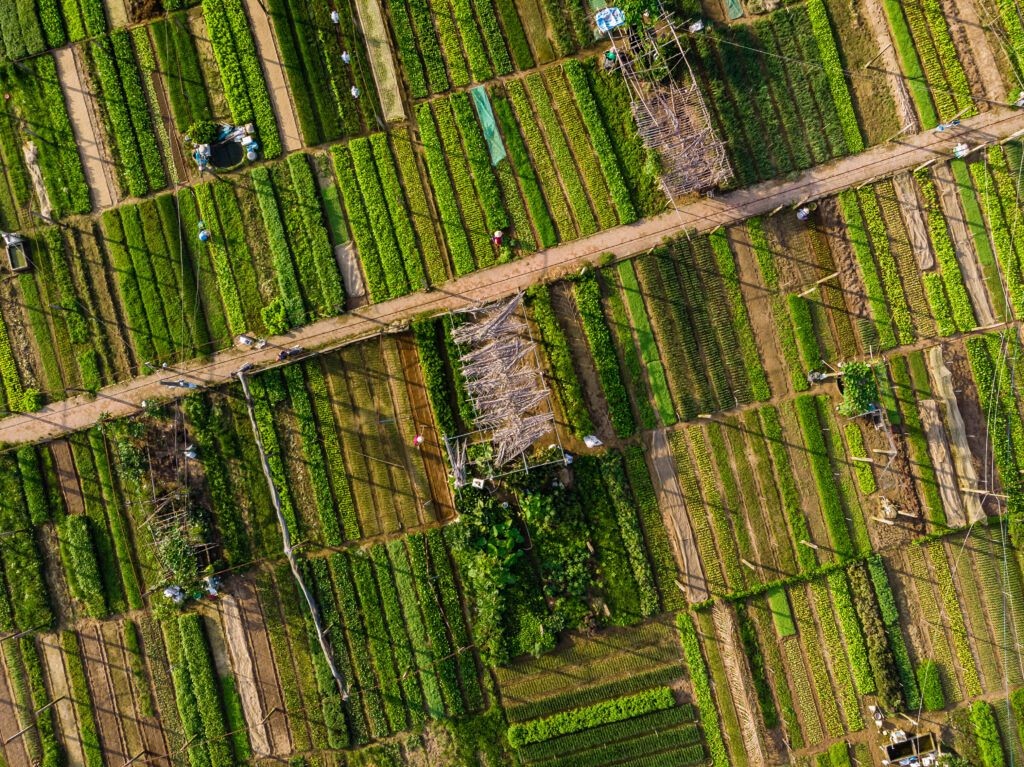
Just 3 km from the UNESCO-listed Hoi An Ancient Town, Trà Quế is a serene river-island village renowned for its organic vegetable farms. With fertile soil and balanced climate, the village supports 200+ families working 18 hectares of farmland.
Travelers can cycle through the fields, dig in alongside farmers, and savor dishes made from ultra-fresh ingredients. Ideal for families or food-lovers seeking a hands-on cultural experience.
4. Lô Lô Chải Village (Tuyên Quang Province)
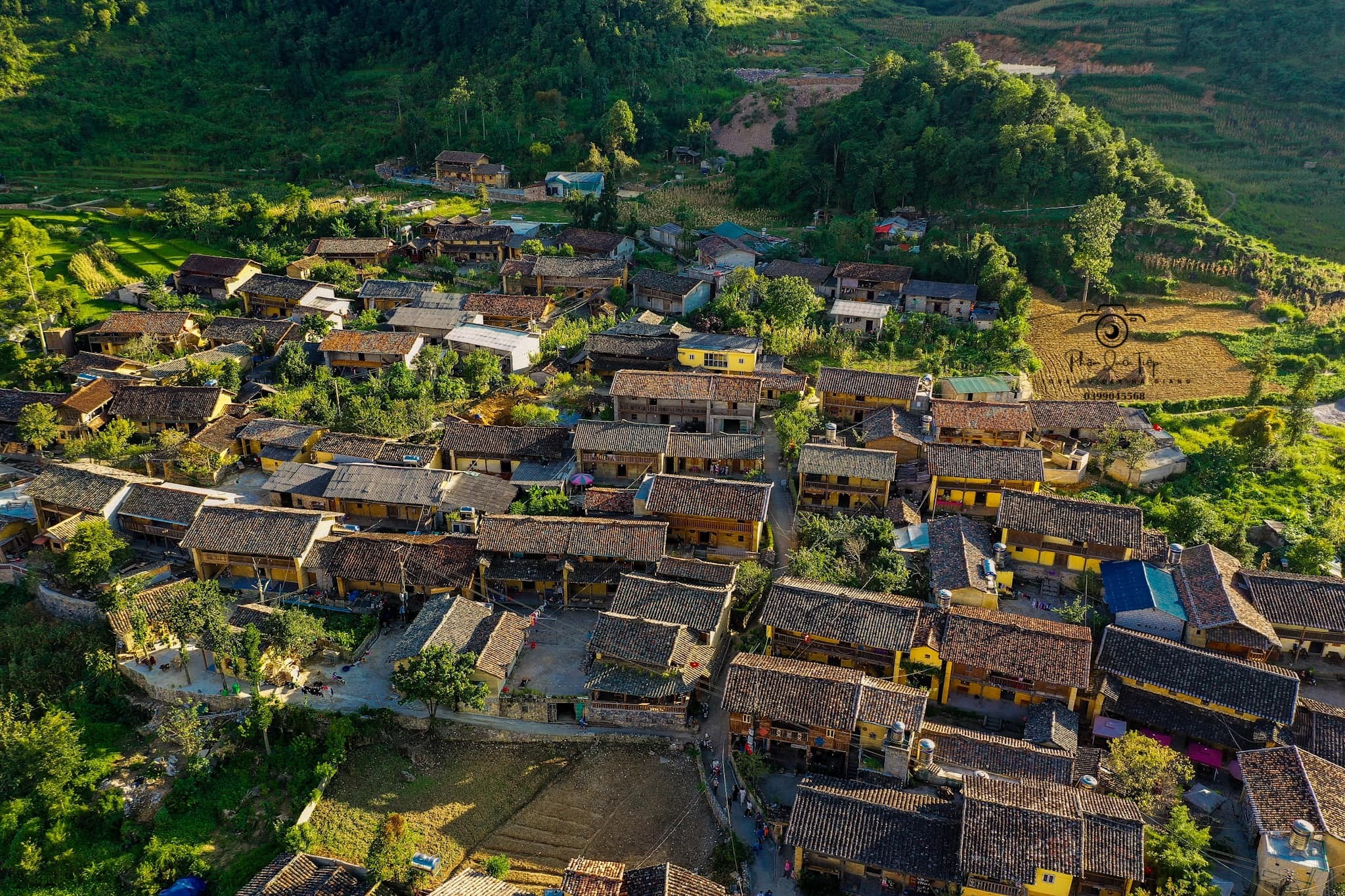
Recognized as a “Best Tourism Village” in 2025, Lô Lô Chải lies high in Northern Vietnam’s mountain region, inhabited by the Lo Lo ethnic minority. Rammed-earth houses with yin-yang tiled roofs, vibrant brocade textiles, traditional festivals and community-run homestays all contribute to its strong appeal.
This remote destination rewards those looking for off-the-beaten-path culture and immersion in indigenous heritage.
5. Quỳnh Sơn Village
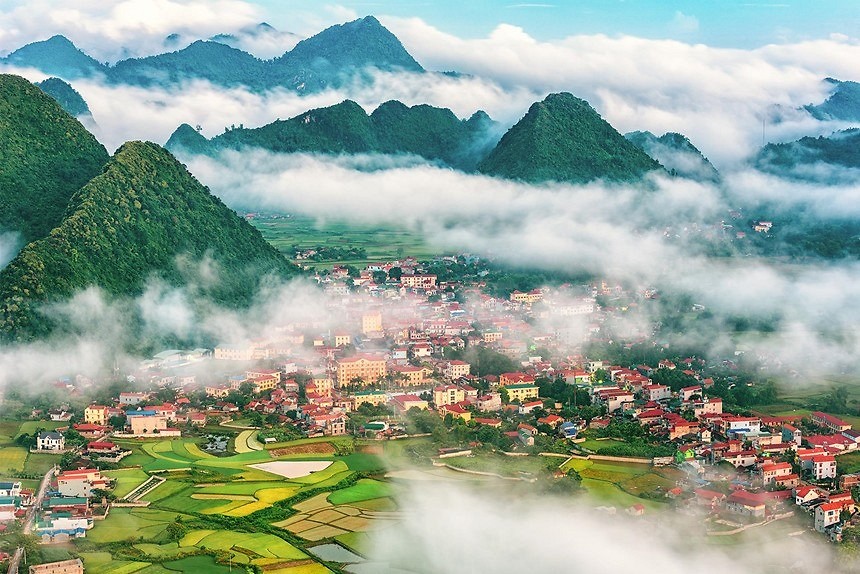
Also awarded in 2025, Quỳnh Sơn stands out for its rich Tay-ethnic traditions and unspoilt natural landscapes. Visitors can stay in stilt-house accommodations, join in rice harvests, learn weaving techniques and enjoy authentic cuisine. Quỳnh Sơn offers a deeper, slower-paced rural tourism experience built around genuine local life.
Why These Villages Matter for Responsible Travelers
These five villages share several key qualities:
- Cultural & natural richness - Each village offers distinct ethnic identity, architecture, cuisine or landscape.
- Sustainable tourism focus - The UNWTO award criteria emphasize communities that adopt innovative, responsible practices and align with the UN Sustainable Development Goals.
- Authentic experience - Rather than mass-tourism hotspots, these villages provide immersive daytrips or multi-day stays where you live, learn and connect with the community.
- Regional diversity - From central Vietnam’s karst valleys to the northern highlands and central coastline, the destinations span varied geography, making them suitable as add-ons or extensions to a Vietnam itinerary.
Travel Tips & Planning Info
- Best time to visit: Each village sits in a different region; check local climate and seasonal events.
- Access & transport: Some locations are close to major hubs (e.g., Trà Quế near Hoi An), while others (like Lô Lô Chải) may involve longer drives or local transfers - use a private car/SUV for comfort.
- Stay with locals: Opt for homestays when available to support the community and gain deeper insight into daily life.
- Combine with major destinations: These villages can slot into broader itineraries (Hanoi region, central Vietnam, northern highlands), offering peaceful interludes between busier cities.
- For families: Hands-on activities (vegetable farming, weaving, cultural festivals) make these destinations especially suitable for kids or teens curious about local culture.
-
OLDER NEWS
- 5 must-try Hanoi dishes 24/05/2024
- The best ways to explore the ancient town of Hoi An 24/05/2024
- Awesome Things to Do in Luang Prabang Old Town 24/05/2024
- Some churches in Ha Noi Vietnam that you should pay a visit to 24/05/2024
- Northern Vietnam becomes a white paradise with ban flowers 24/05/2024


